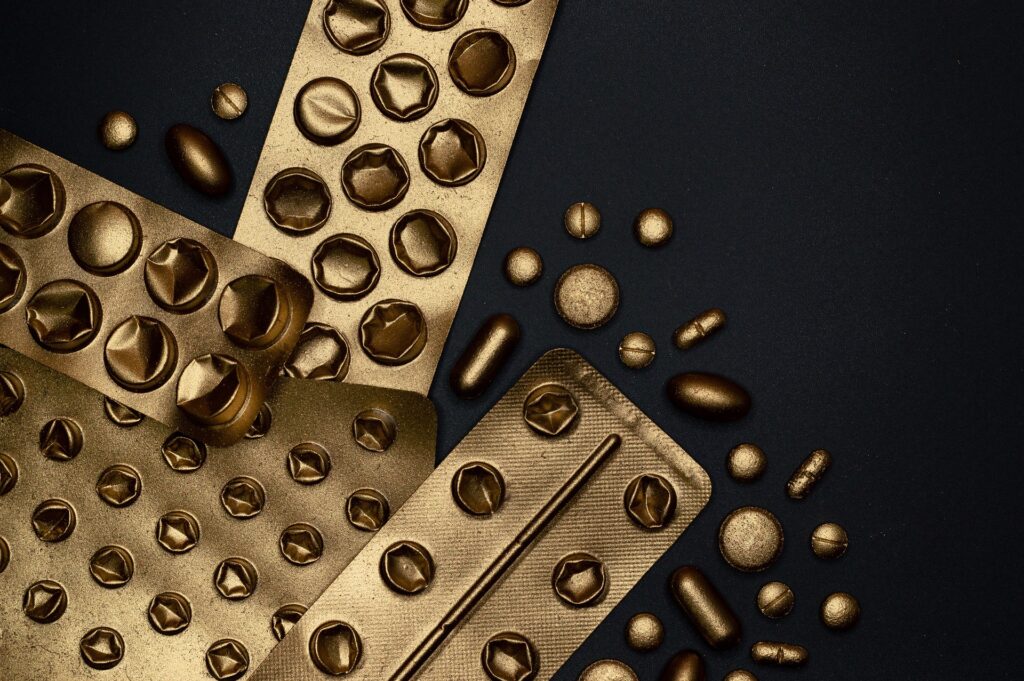Conventionally, generic medicines are perceived as mere copies of the original products. However, the generics of today are so much more than that. Year 2021, was another successful and productive year in pursuit of mission to help ensure high-quality, affordable generic drugs are readily available. Even with the unique challenges caused by the ongoing Covid pandemic, office of Generic Drugs continued to innovate and conduct scientific research to keep the FDA generic drug program moving forward. The FDA’s generic drug program approved hundreds of generic drug applications and thousands of supplements to already approved ANDAs.
With the declining innovativeness of the classic R & D model in the original pharmaceutical industry, the generic pharmaceutical industry is aiming to become an innovation generator.
Extended Innovation as a core competency to insure more medicine
Bioequivalence (BE), refers to the “absence of a significant difference” between the bioavailability-specifically the extent and rate of absorption-of two (supposed) pharmaceutical drug equivalents throughout a period, at the same dose provided under the same conditions
BE approach that enabled the efficient development, assessment, and approval of the first generic difluprednate ophthalmic emulsion (generic Durezol) to treat eye swelling and pain after eye surgery. Another one, some generic versions Digoxin, drug used to treat people with heart failure was certified as bioequivalent by the FDA.
Scientific and Regulatory Collaboration
Scientific and Regulatory Collaboration has moved the needle to create new approaches to support timely assessment and approval of many generic drug products. Researchers have supported the focus of Generic Drug User Fee Amendments of 2012 on its innovative strategies like quantitative models and invitro characterization of products.
Quantitative models represent research aims to fill include direct measurement of drug concentration to improve models for inhalation, nasal, ophthalmic, GI, and dermal drug delivery and research to characterize the delivery devices, semisolid forms, and particle size distributions, whereas, invitro models in vitro product comparisons provide the measurements of product differences that are the critical input into the models.
Recently, FDA and European Medicines Agency have launched a pilot program to provide parallel scientific advice (PSA) to applicants of ANDAs to expand FDA and EMA’s existing PSA for new drugs and biological products. This program helps shorten the time it takes for these important products to obtain regulatory approval.
FDA also established a multi-country forum, the Generic Drug Cluster, to achieve a common understanding of each member agency’s generic drug regulatory requirements and to help increase scientific alignment.
The FDA’s Global Generic Drug Affairs program, June 2021 has launched the Generic Drug forum established with the world’s leading regulatory agencies to increase scientific alignment addressing generic drug development globally.
The Office of Generic Drugs is providing a public list of all approved abbreviated new drug application (ANDAs) that have inadequate generic competition in the market due to low market potential, less profit margin or complexity in manufacturing the drug products that received a Competitive Generic Therapy (CGT) designation under section 506H of the Federal Food, Drug, and Cosmetic Act (FD&C Act). CGT provides generic manufacturers with a new approval pathway to accelerate the development and review the generic drugs, which lack competition through pre-ANDA meetings that help applicants understand the agency’s expectation and reduce the number of review cycles.






